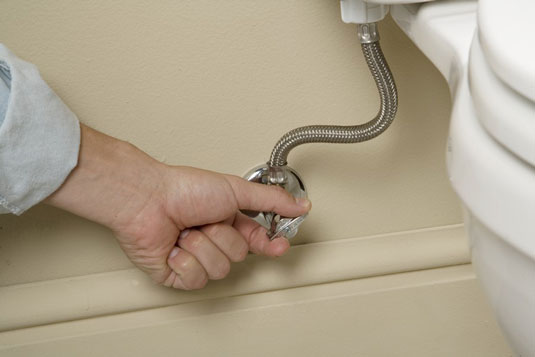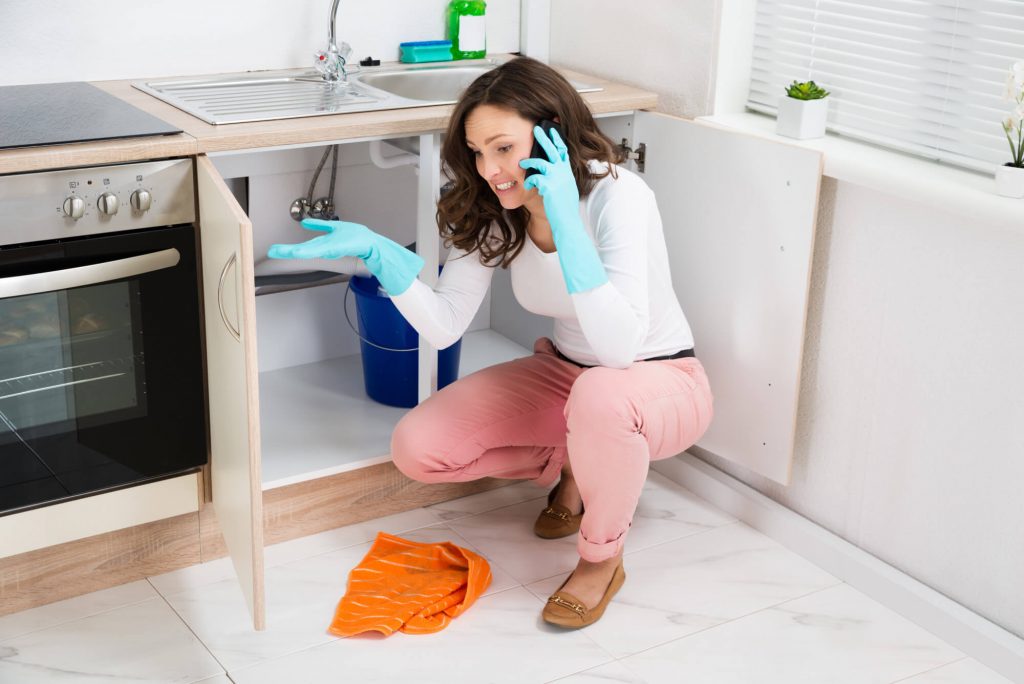Bath Water Leaks: Understanding Detection and Fix Techniques
Bath Water Leaks: Understanding Detection and Fix Techniques
Blog Article
Every person is bound to have their own assumption when it comes to How to Detect and Fix a Bathroom Leak.

Bathroom leakages are irritating as they disrupt your day's plan. They differ in severity depending on the source of the leakage. Yet, you have to prioritize them, as they can promptly worsen. So, it is an alleviation that most restroom leaks are very easy to identify as well as fix, with very little price implications.
Having a water leakage in washroom can be demanding to the home owner. Fixing the leak ends up being an easy trouble if you recognize what to do. So, this post is essential as a home guide to discovering and repairing a water leakage in restroom. It does not replace the need for expert experience. The write-up acts as a "emergency treatment" when you require an emergency action to a water leakage in shower room.
Detection and Fixing of Water Leak in Bathroom
Water leakage in shower room typically arises from plumbing as well as pipe mistakes. There are a number of kinds of restroom leaks. You may require a standard knowledge of these leakage types to discover the water leak in restroom. Here are the usual restroom leakages and fix suggestions:
Splash Leaks
These commonly result from water splashing on the shower room flooring from the bathtub. It issues of using a poor shower drape or used bath tub lining. It harms the restroom floor as well as might create rot to wooden floors and also restroom doors. The water normally swimming pools around the bathtub or shower. This may cause even worse restroom damage without punctual handling.
What to Do
This shower room leak is the most convenient to repair. You only require to replace the drapes or recaulk the bathtub or shower. You might need to transform these to protect against additional damages if the leak has actually damaged the bathroom flooring or door. The good news is that you can entail a pipes professional to assist with the bathroom fixing.
Toilet Leaks
Occasionally, water leakages from the bathroom as well as swimming pools around the toilet base. It is an eye sore in the washroom and also needs punctual attention. In some cases, it results from a loose link between the bathroom and also the tank. This causes water to leak from the cistern to the flooring. It may also result from fractures in the toilet dish or a faulty shut-off shutoff.
What to Do
You just need to tighten them if there are loosened bolts in between the cistern as well as bathroom. In some cases you may require to reapply wax on the gasket or hire a washroom leakage specialist to replace used or broken components.
Clogged Restroom Sinks
Often, the water leakage in restroom arises from sink clogs. This is often an annoyance to home owners as well as might be undesirable. Blockages may arise from the accumulation of soap residue, hair particles, or debris that obstruct the drainpipe. It is simple to take care of blockages, and also you might not need professional skills.
What to Do
You can use a drainpipe serpent to eliminate the debris in the drain and allow the stationary water flow. Drain pipes cleansers are also readily available in stores and are easy to use. A bettor is also practical in clearing your drainpipe. It is a common household device as well as is available in useful in removing aggravating blockages in sinks as well as drains pipes.
Conclusion
Water leaks in the bathroom are avoidable occasions in the home. When they do, fix them immediately, or engage the services of an expert.
The article offers as a "initial aid" when you need an emergency reaction to a water leakage in restroom.
Water leak in bathroom frequently results from plumbing and pipeline faults. You may need a fundamental expertise of these leak kinds to discover the water leak in shower room. It harms the bathroom floor as well as might cause rot to wooden floorings and shower room doors. Often, the water leakage in bathroom results from sink blockages.
Water Leaking in the Bathroom Wall
A GUIDE TO FINDING LEAKS IN BATHROOM WALLS
Paint or Wallpaper Peeling: This sign is easily spotted, so it cannot be missed. A leak in the wall can lead to wallpaper that separates along seams or paint that bubbles or flakes off the walls. Musty Smells: The damp flooring and plaster inside the wall grow an odor similar to wet cardboard as water slowly drips from a leaky pipe inside the wall. You can find leaks hidden beneath a musty odor. Growing Stains: The interior of a wall affected by a leaky pipe sometimes becomes infested with mold. Often, your indicator of a hidden plumbing problem is a growing strain on otherwise clean plaster. Structural Damage: Do not overlook constant moisture inside the walls of bathrooms when ceilings or floors become structurally compromised. Water-damaged walls can damage adjacent surfaces and stain flooring and ceilings. Unusual Discoloration: The wet spots may eventually dry when a leak penetrates deeper inside a wall. The stains they leave behind are paler than the adjacent paint or surface. Dripping Sound: It is common to hear dripping sounds inside walls when water runs down them. A squeaking noise can be heard while turning off a valve in a sink, bathtub, or shower. When flushing the toilet, you may also hear this noise. A GUIDE TO REPAIRING WATER LEAKAGE
Verify The Wall Leak: Shut down your main water supply and note the reading on your water meter. If the meter reading rises after a few hours, the leak is inside the house. In the absence of any changes, the leak may be the result of clogged gutters or drains. Turn off the water: You can turn off the water after you confirm the leak is within the walls. If you’re beginning repairs, drain as much water from the pipes as possible. Find & Fix The Leakage: Locate the wettest area on the wall with a moisture meter or infrared camera. Patch kits can stop the leak, but the fix might only be short-term. In the next few days, double-check the area to ensure the leak is no longer present. Removing mold and cleaning all surfaces: Dish soap and warm water should be used to clean affected areas. Bleach and water are recommended for disinfecting nonporous surfaces. Fan and dehumidifier running will speed up drying time. Remove mold growth immediately from walls, ceilings, and other surfaces. https://wlstaton.com/how-to-find-and-repair-water-leaking-in-the-bathroom-wall/

I hope you enjoyed our excerpt about How to Detect and Fix a Bathroom Leak. Thanks a ton for taking a few minutes to read our posting. Appreciated our posting? Please share it. Help another person find it. Thank you for your time. Please come visit our website back soon.
Save time, call now! Report this page